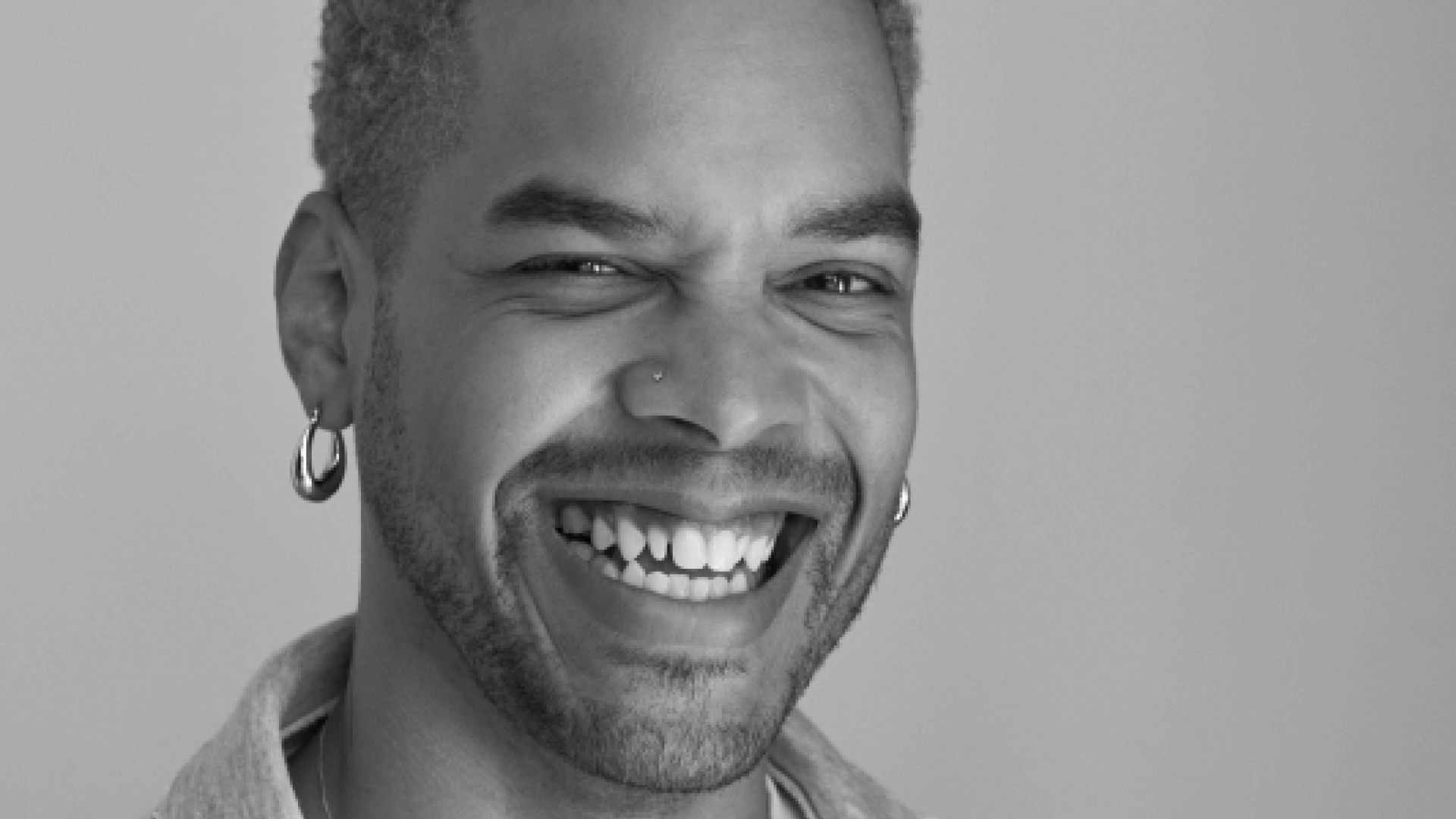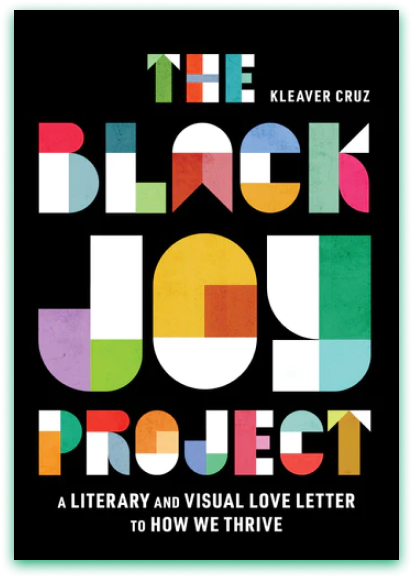
In literature, there are some books that transcend mere pages and ink, becoming essential pieces of cultural expression. One such book poised to make its mark is The Black Joy Project, set to be published on December 19. This remarkable work, created by educator and activist Kleaver Cruz, is a captivating amalgamation of 117 full-color photographs and eight essays that encapsulate the colorful tapestry of joy in Black life worldwide.
As the visionary behind The Black Joy Project, Cruz has created a literary and visual love letter to the Black individuals who resist oppression and thrive. Drawing inspiration from a real-world initiative launched in 2015, Cruz’s book celebrates the flame of Black joy and its role as a source of healing and renewal for people of diverse backgrounds and identities.
The book serves as a testament to the enduring spirit of the Black community. The phrase “Black Joy is Everywhere,” encapsulates the essence of this project. It is a resounding affirmation that Black joy can be found in every corner of the globe, from the energetic streets of Lagos to the heart-pounding beats of hip-hop in the Bronx, a release notes.
This ambitious work breaks new ground, juxtaposing joy alongside protest and resistance to show that these forces are inextricably linked in the fabric of Black life. In the prose and art presented within its pages, The Black Joy Project captures the essence of lived experience, where uprisings in the street are accompanied by a rhythm of music, and where funerals that break the heart are followed by joyous second line parades. Black joy is always held in tension with the broader systemic wounds of history, making it a powerful, historically significant balm that keeps the spirit of resilience alive.

Though the book has yet to be released to the public, The Black Joy Project has already garnered high praise from notable figures. Culinary and cultural historian Michael W. Twitty has called it “The Black Book for a new millennium… an irreplaceable volume.”
Yaba Blay has commended it as “as brilliant as it is beautiful,” Camille T. Dungy describes it as “a well of resistance, reclamation, and restorative splendor,” and Yasmin Hernandez believes it is “a gift that must be shared.”
This forthcoming release is set to be a cornerstone of winter reading lists and a must-have addition for book lovers, art enthusiasts, and those who champion freedom and justice. It is a timely and essential exploration of the power of Black joy, and it prompts readers to reflect on the question, “What does Black Joy mean to you?”
